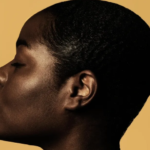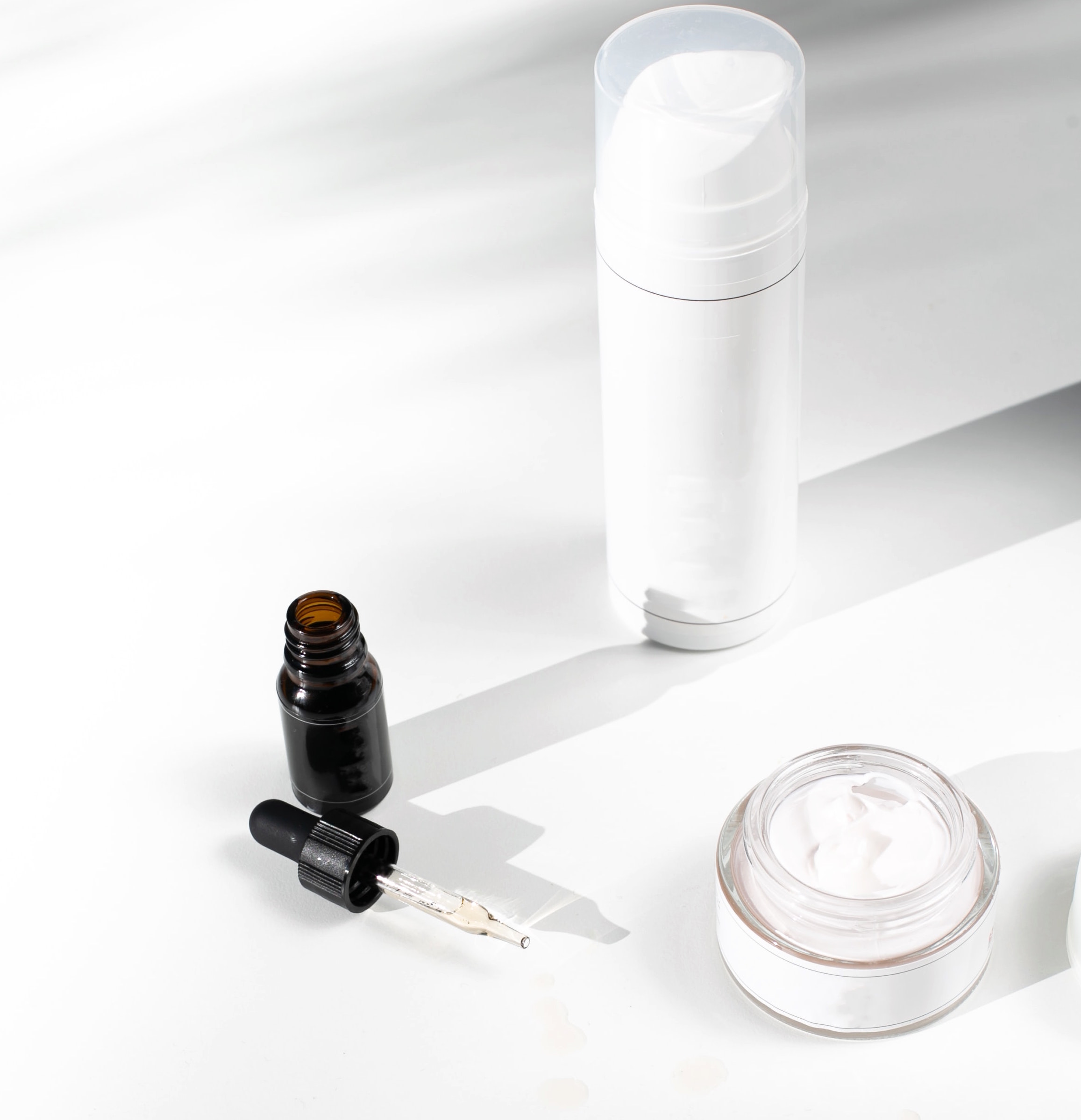Words Dr Tanushka Melwani Mansukhani | Photograph Laura Chouette
Arguably, 2020 can be considered the year when fashion was furloughed. With no in-person events, no offices to go to, zero travel, the instantly gratifying activity of “shopping”, became entirely need-based and much slower. However, what this year did provide us (besides living in our pj’s or sweats), was time to re-examine our closets and rediscover what “looks” we once wore and then having the opportunity and avenue to resell our gently-used old things to make room for new ones or just simply declutter and embrace a more sustainable way of life.
According to a report by consulting firm BCG and e-tailer, Vestiaire Collective, the share of pre-loved clothing in people’s closets is predicted to grow from 21% in 2020 to 27% in 2023. Moreover with millennials and Gen- Zers becoming the largest shopping demographic (according to re-commerce website RealReal), teenagers until 30 something are keen to covet luxury items at more affordable prices. Not to (over)mention the key belief of sustainable consumption in the fast-moving fashion industry and its effects on global climate change and the use of planetary resources.
With 2020, we were also more aware of the times that were on social media, #TBT and ‘Last year this day”… posts were trending and really a way we dealt with the daily doom and gloom. Jumping on this trend, local and international designer ateliers used history to inspire their mood boards, and ‘re-wear and repair’ were the buzz words! Maison Margiela John Galliano came up with ‘Recicla’ (Italian for recycle) and dedicated a collection around garments that were sourced from charity and vintage stores, thereby forever changing the definition of what’s considered “new” or “last season”.
Here are few sites to scour for future classics as well as social media accounts and purveyors of pre-loved to follow if you are in the mood for a sepia-toned, rose-tinted fix of the times gone by.
RESELLFRIDGES
Resellfridges includes a rewiring space where discerning shoppers can find rare, past seasons samples and archive pieces from young brands and avant-garde designers.
LETS CHANGE THE WAY WE SHOP
In a radical move that left retail reconfigured and changed the look of department stores as we know them, Selfridges the 103- year- old shopping hub on London’s famous shopping district Oxford Street, launched Resellfridges.
So what is Resellfridges? The vision is that their buyers become their vendors, by selling their own collections including pre-loved, vintage, collectible, archived and/or repurposed products. Envisioning this community-driven movement, with a commitment to responsible and sustainable consumerism.
What’s available? An absolutely diverse product mix of iconic accessories, hard-to-find streetwear, and rare up-and-coming designers. Names such as Beyond Retro, Craig Green and, fashion for kids from digital start-up Kidswear Collective.
Why Resell? Not only does this concept offer scope for creativity along with circularity, but customers who invest in luxury fashion and accessories enjoy the concept of enjoying an extended lifespan of their purchases. Buy. Wear. Repair. Resell.
VIRTUAL REALITY
Here is a list of some apps and Instagram shops to share, borrow and buy second-hand from. Become a fashion activist!
STAGE3
This clothes sharing app just launched at the start of 2021, it recognizes that the next frontier in e-commerce is social and targets Gen X-ers and millennials who spend a third of their waking hours on social media sharing their pictures and lifestyle while still believing in global impact.
For contemporary vintage edits @byronesquevintage
For a like-minded community:
@depop
For the sneaker head:
@goat
For shirts and blazers:
@shopthelocal vintage
VESTIAIRE COLLECTIVE
This app and website are in the business of buying and selling pre-owned designer items and have turned decluttering into a billion-dollar business. The goal is to eradicate ‘fast fashion’ and it’s a win-win for all stakeholders-the buyer, the seller, the app, the designers, and the planet (By aiming to become carbon neutral by 2026)
The pandemic, which prevented people from accessing fashion in person has benefitted many e-commerce companies and Vestiaire Collective, heads the list. Transaction volume doubled in 2020 compared to 2019. There are 140,000 new listings every week.
In addition to the current pandemic, many consumers are concerned about the impact of fashion on the environment. At the lower end of the spectrum, retailers and fast fashion brands encourage you to buy more and more stuff as trends change with each season. At the higher end of the spectrum, luxury brands don’t want to undermine the value of their goods by putting items on sale to clear room for a new collection.
That’s why pre-loved platforms are particularly well-positioned to find new customers who are looking for quality goods that are going to last for a while and that hasn’t been specifically produced for mass consumption. Similarly, people can sell their stuff instead of throwing it away.
MYPORTLUXE
Closer to home, in Malaysia, this brand offers pre-authenticated luxury items at 30-70% lower than cost. Bags, shoes, belts, accessories, and clothes-some of which pre-owned by celebrities and designers are part of the collection. To maintain trust and privacy, transactions are handled discreetly and items are described in detail. Additionally installment options are available making the purchase even more seamless.
WHAT THEY ALL HAVE IN COMMON
These company’s all eventually plan in some way to further develop partnerships with brands through buy-back circular solutions. They also encourage more people to sell something every time they buy something.
So while saving a ton of money, being sustainable and eco-friendly to the planet, boosting small businesses, finding rare/fun pieces, and being ethical (#saynotofastfashion)-what’s not to love about pre-loved?






